
We always recommend using positive reinforcement when training your pet, no matter if you have a cat, dog, or even rabbit.
There are a lot of arguments for training pets with positive reinforcement, with the Humane Society of the United States explaining that, when done correctly, it is the best way to train dogs. Motivating your pet with one of the best dog treats, praise or a one of the best cat toys is a great way to teach them new tricks or eliminate unwanted behaviors, so why do some people still use punishment?
Part of the responsible ownership of dogs and cats and ensuring their welfare involves allowing your pet "freedom from fear and distress" and "freedom to perform natural behaviors, according to the Australian Veterinary Association. Punishing your pet goes directly against these freedoms, and can cause problems for you and your pet going forward.
32 reasons to avoid using punishment with your pet
1. They are unlikely to understand

While you may think that your pet can make a direct association between the behavior you are trying to discourage and the punishment you dole out, this often isn't the case. If you come home to find your cat has scratched the sofa or your dog has shredded a pillow and choose to punish them, they are unlikely to realize that their destructive behavior (which in their minds happened ages ago) is the reason for the punishment. To their mind, you are just randomly lashing out and being mean without a cause they can identify, which can be very upsetting for them. This can also lead to anxiety in dogs, as well other animals.
2. There are better ways to train
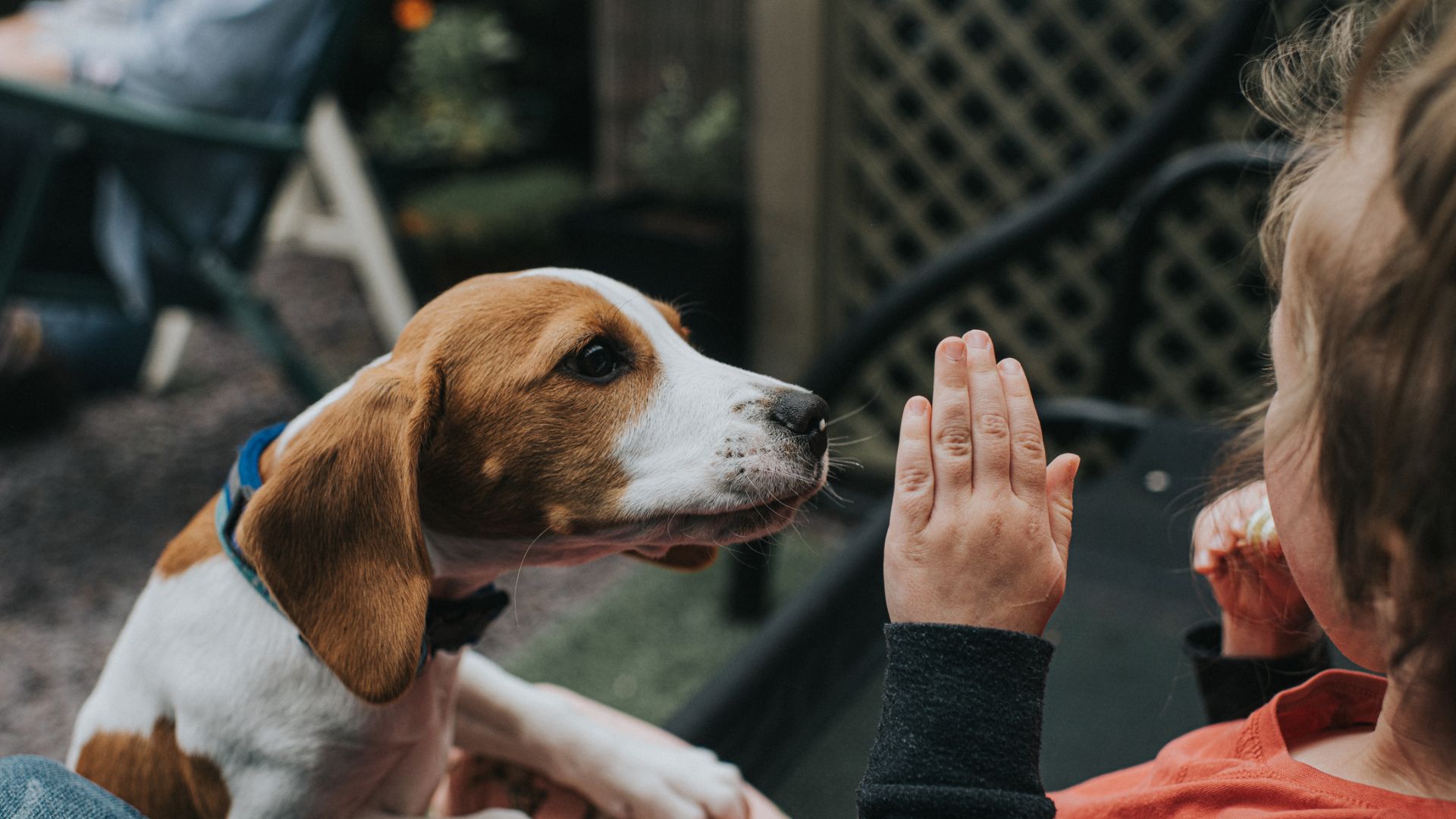
You will find that the best trainers don't use punishment to get the desired result from an animal. They understand animal behavior and that pets are better motivated by reward and clearly communicated expectations than negative reinforcement and punishment.
3. Positive reinforcement is more effective

Training with positive reinforcement leads to a motivated pet. Instead of using fear or punishment to discourage a behavior, you are rerouting that behavior with a reward, giving your pet something else to do instead of the undesirable behavior, and giving them the chance to work for a reward. This is also one of our top tips for training your cat.
4. You might end up causing behavioral issues

Your pet may stop displaying the undesirable behavior you are punishing them for, but you might find they develop a plethora of other behavioral issues because of your methods. Fear makes animals unpredictable.
Get the best advice, tips and top tech for your beloved Pets
5. Your pet may stop trusting you

One of the joys of owning a pet is the bond of trust that you develop between you. If you use punishment to "teach your pet a lesson" then you may find that they stop trusting you and develop more issues as a result.
A pet that trusts its owner will be able to overcome scary situations more easily by turning to its owner for guidance. A pet that doesn't trust its owner may display reactive behavior as it feels unsafe.
6. You could cause mental health problems for your pet

Unfortunately, we can't tell what our pets are thinking. While your use of punishment may eliminate the undesirable behavior you were targeting, you may find that the stress of the experience causes your pet to become anxious or reactive. Dog depression is a real thing and this can also be caused by using harsh punishments.
7. Punishment is fundamentally unkind

This point is fairly self-explanatory. When you love someone or something, you don't display violent behavior towards them. Even if you believe punishment to be justified, it is an unkind choice to have made when you could have chosen a different path.
8. Dogs like to work

Negative reinforcement is a silly way to try and train dogs in particular because many breeds like to have a job. Giving your dog the chance to work to earn a treat, praise or any other reward is similar to "employing" them. You give them the opportunity to get paid when you present the reward, and they perform the desired behavior in order to get it. Especially if you have one of the best farm dogs.
9. Positive reinforcement is mentally stimulating
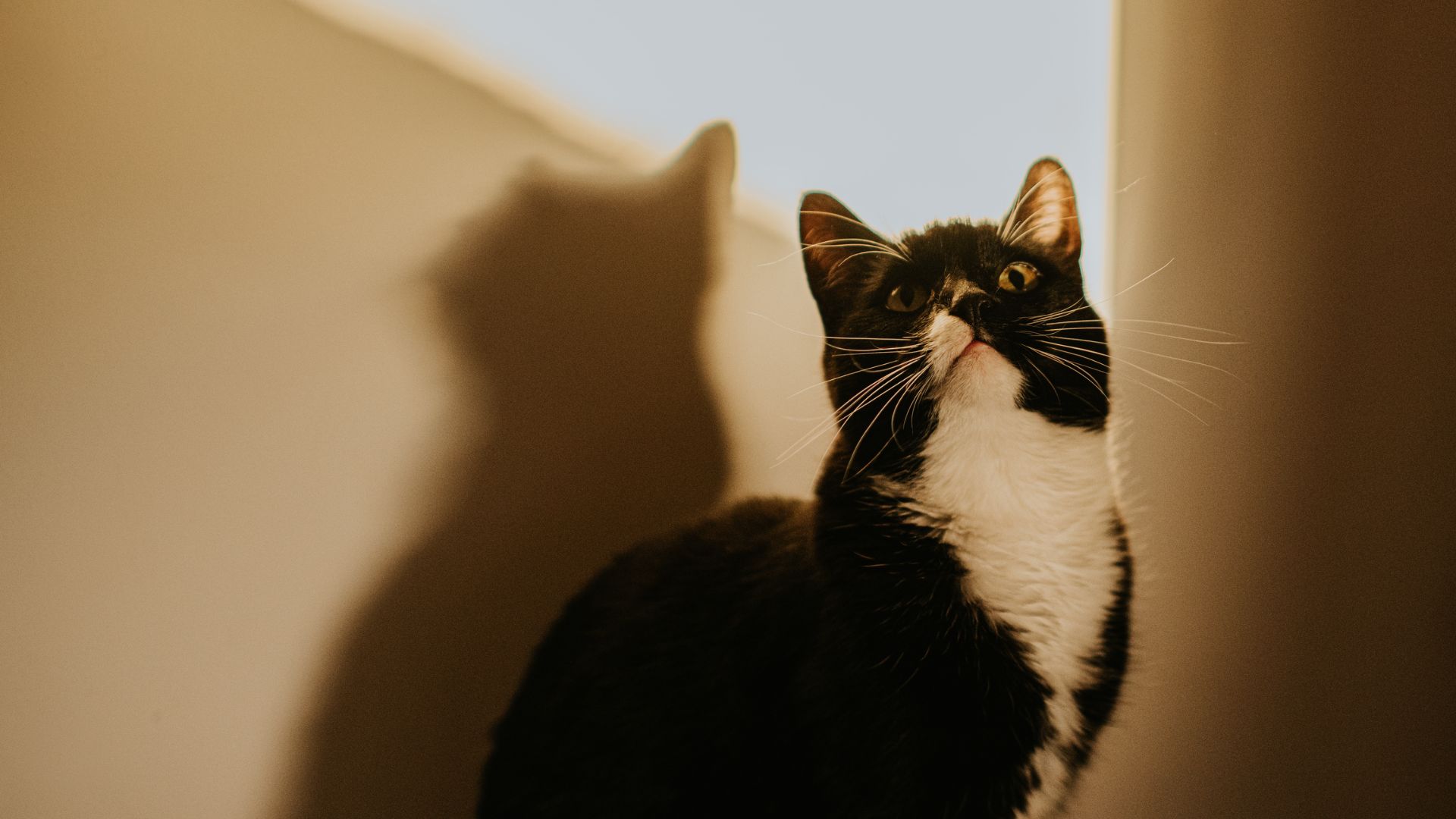
Smart animals like puzzles, particurly some of the best cat puzzle feeders if you have a feline. When you ask your pet to perform a particular activity in order to "win" a reward or "earn" payment for a behavior, you are providing them with mental stimulation. Punishment, on the other hand, will not mentally stimulate your pet.
10. Your pet may attack you
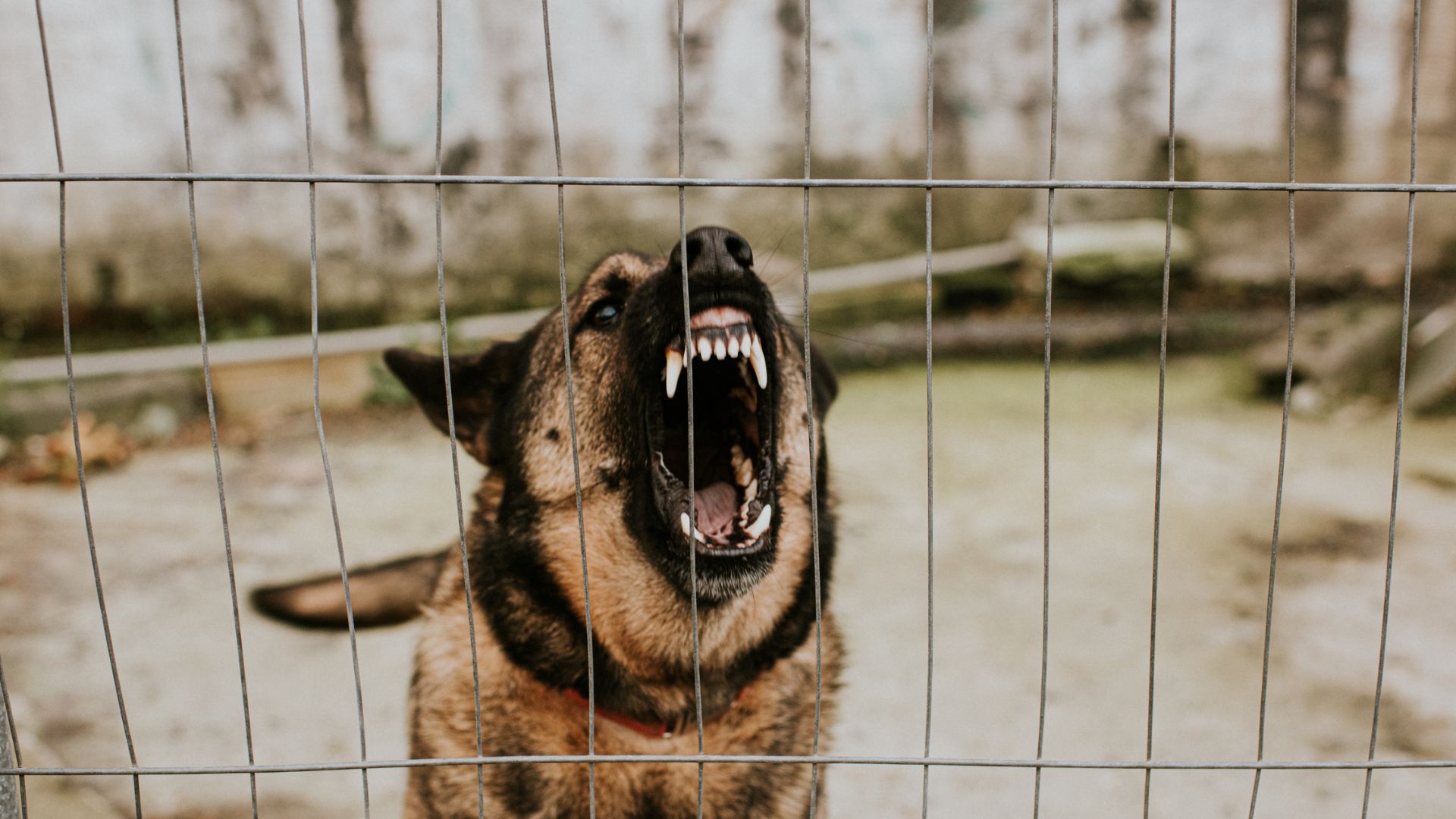
If you punish an animal that has trauma, reactivity, or other fear-based issues, they may snap and attack you. A pet that feels threatened is more likely to lash out at their owner or other family members. If you disrespect a boundary that your pet has expressed multiple times (which punishment can do), the only course of action left to them is to attack.
11. Your pet may shut down
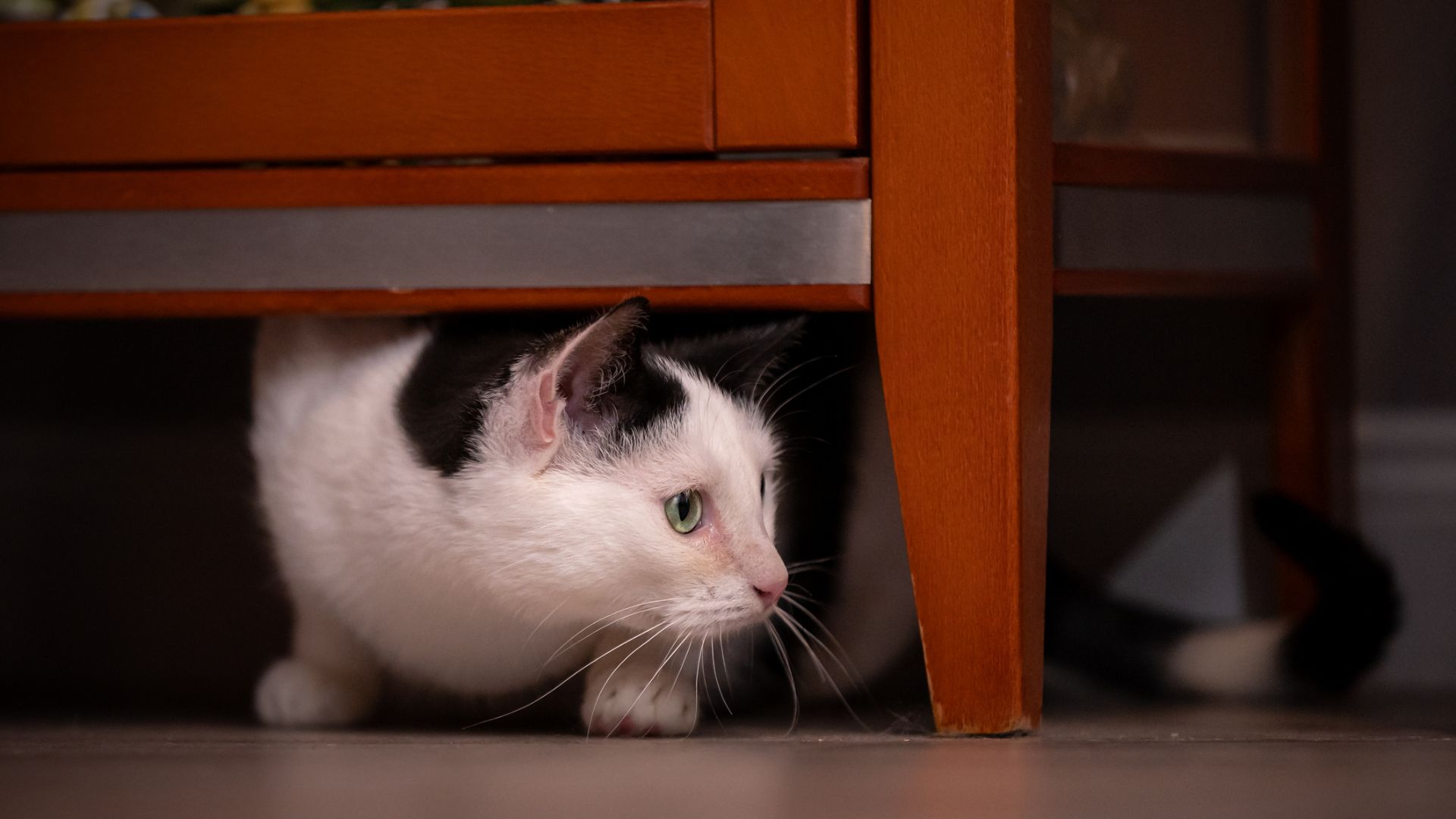
A pet that frequently experiences punishment may become reserved, fearful, and shut down. They do not want to experience punishment and maybe do not understand why they are being punished, so they become reclusive and hide.
12. Your pet may experience personality changes

Similar to the point above, you may find your pet begins to display other personality changes. The stress inflicted on a pet when they are punished can heighten their feelings of anxiety, causing them to develop new behaviors or experience personality changes. Your usually calm pet may become aggressive or fearful of things unrelated to the punishment.
13. You can teach your pet new things

The aim of negative reinforcement is to eliminate behaviors, but you can't use it to teach your pet something new. You need to motivate them with something they value, like a treat or a toy, in order to teach them a new trick or behavior.
14. You may cause negative associations

If you are punishing your pet with something in particular or punish them only when they are wearing a leash or harness for instance, they may develop a negative association with that item and be sent into a state of high stress by just seeing it.
15. Vets do not recommend punishment

As well as being the doctors of the animal kingdom, vets are responsible for the welfare of pets. I challenge you to find any vet that thinks you should be using punishment to get what you want from your pet.
16. You could physically injure your pet

If you are punishing your pet with aggressive, sharp, or heavy-handed movements you may injure them. The line between punishment and abuse is thin, and as well as causing harm to your pet's mental health, you may accidentally cause them physical harm too.
17. You are not allowing “Freedom to perform natural behaviors”

If you are punishing your pet, particularly for something they are naturally inclined to do, you are removing their "freedom to perform natural behaviors." Many owners do not like when their pets groom themselves as it can be noisy and a little bit disgusting. However, this is a natural instinct your pet has and one that keeps them healthy, so punishing them for doing so is not only cruel and unnecessary, but might cause them health issues.
18. You are not giving your pet “freedom from fear and distress”
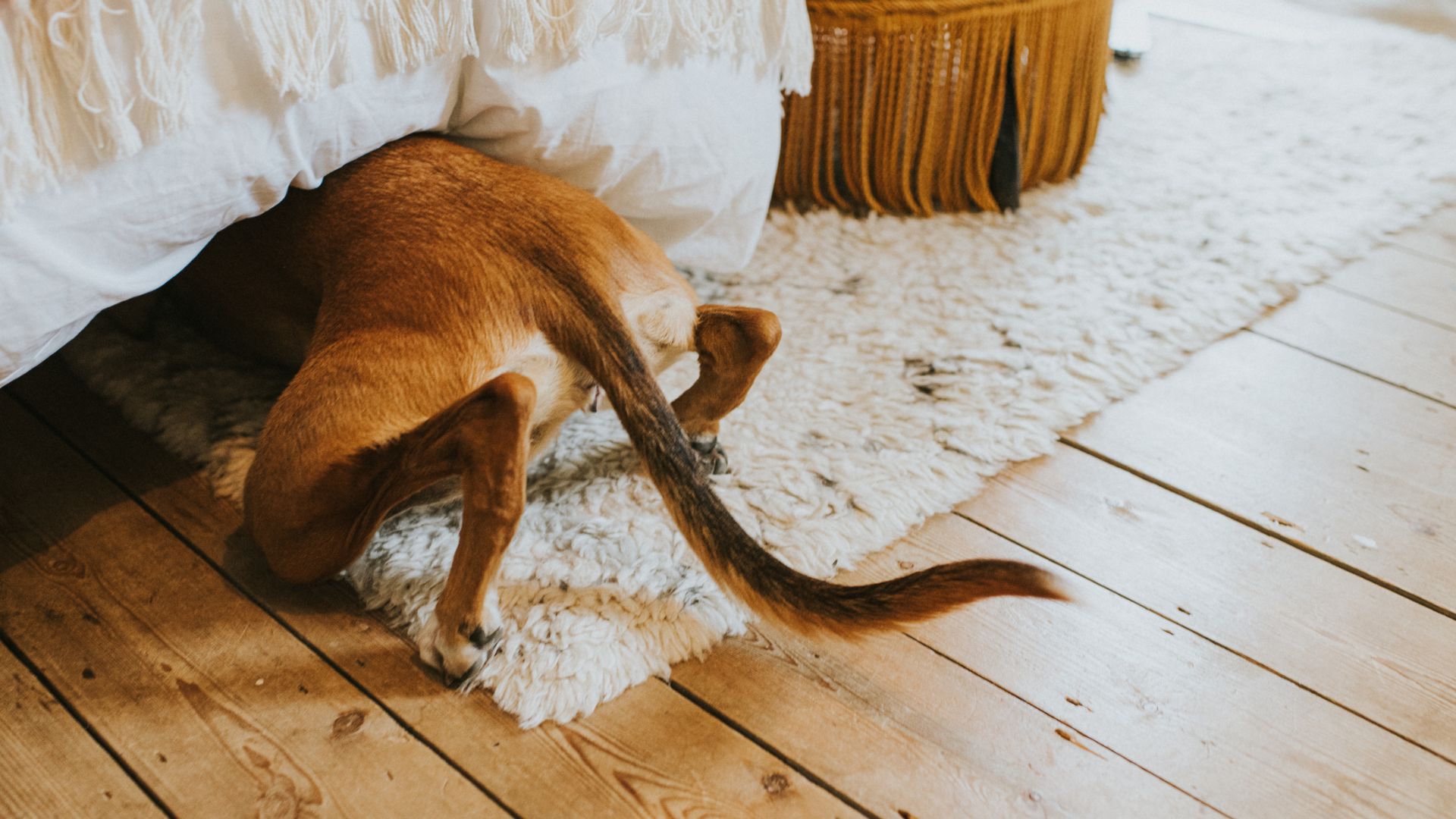
As a pet owner, you owe your animal freedom from fear and distress. When you punish them, they are very likely to experience fear and distress and you are the cause of that.
19. Your pet may begin displaying “learned helplessness”
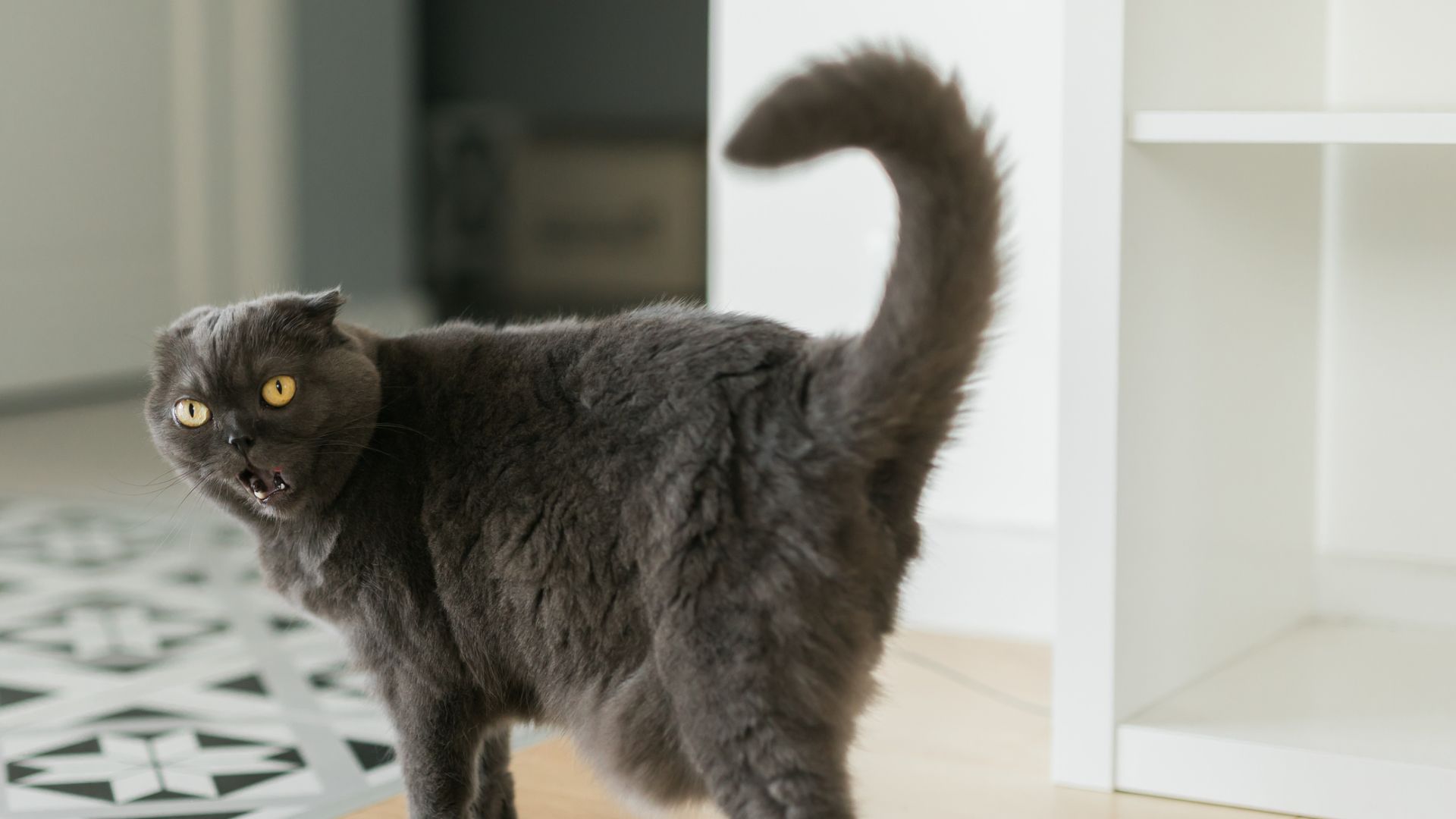
Learned helplessness is something that pets begin to display when they feel they have no control over their circumstances. They will shut down and accept whatever treatment they receive because they do not feel that they have any choice. Learning about animal behaviors so you recognize when your pet is saying "no" will allow you to clock when your pet is uncomfortable and adjust your own behavior accordingly.
20.Your pet may develop a sensitivity
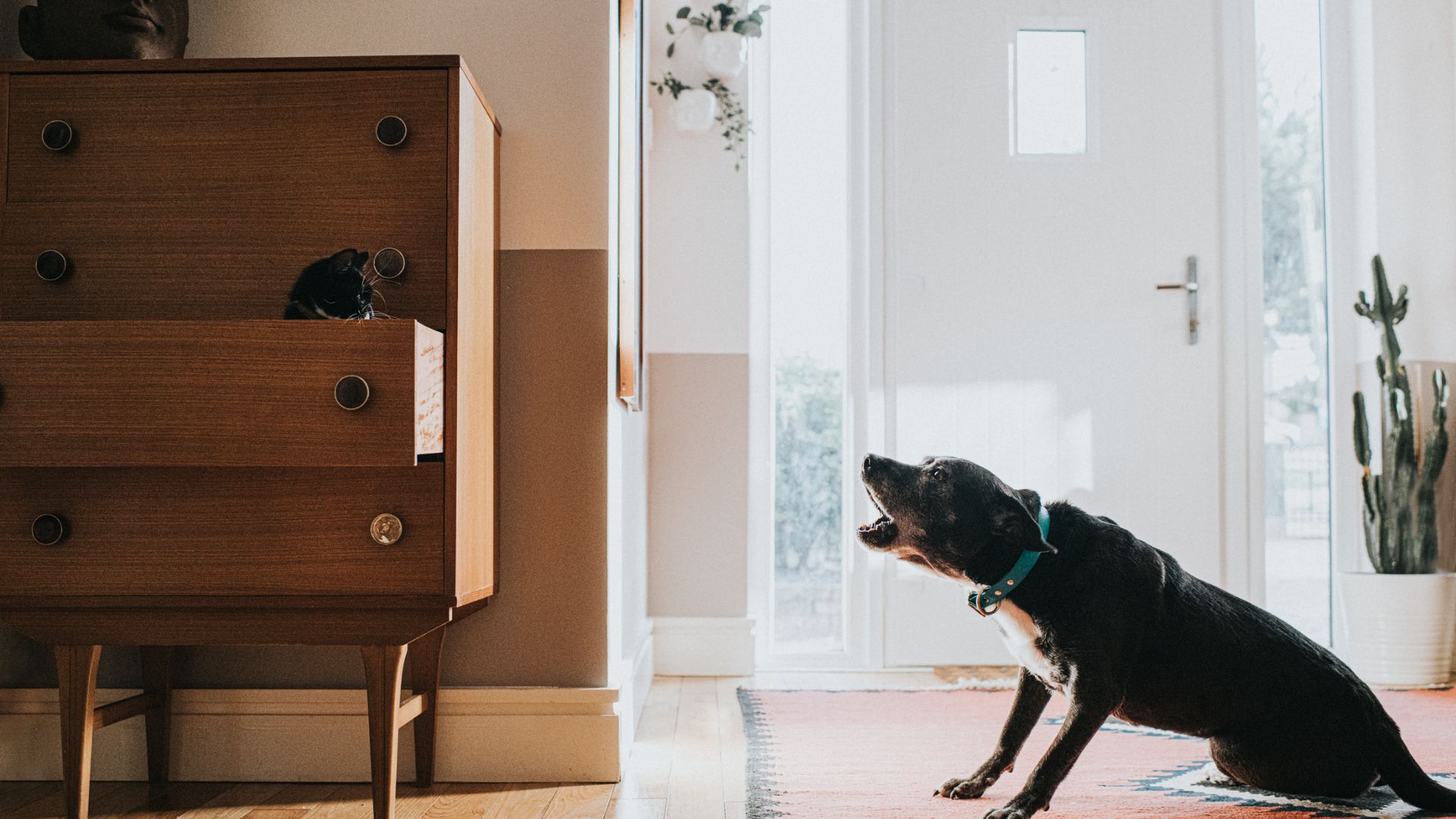
If you are using the same form of punishment over and over again, your pet may develop nerve damage or other physical issues that cause them pain even when they are not being punished.
If your pet is frequently anxious (often a result of punishment), this can lead to gut health issues and sensitivities to certain allergens. A dog with a lot of anxiety will often present self-soothing behaviors such as scratching or chewing and they may develop skin or dental issues as a result.
21. You may inflict trauma on your pet
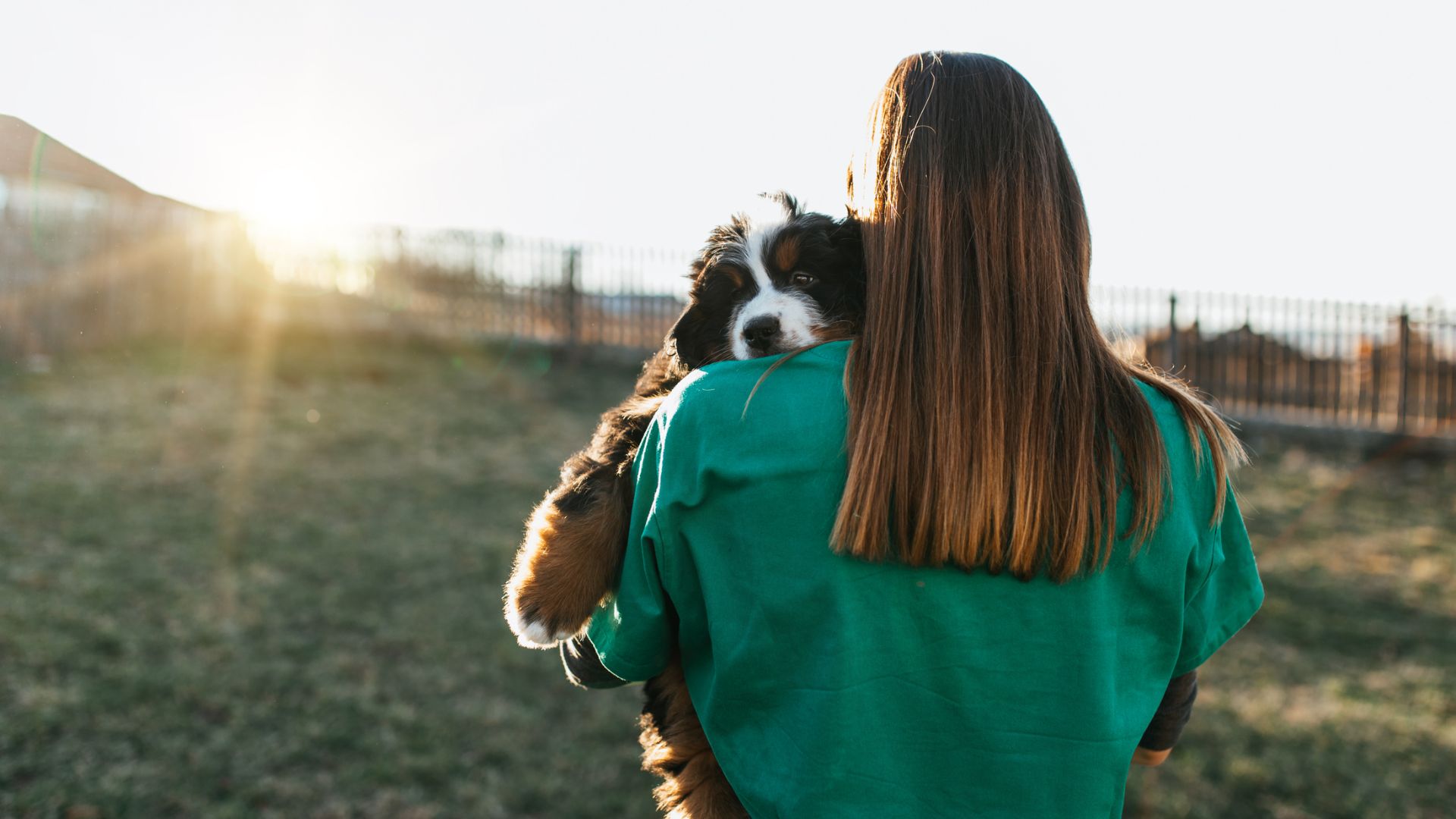
Your pet may remember being punished for the rest of their lives and get triggered by things as a result. If something bad happens to your pet (punishment) and they create an association in their mind, that fear may stay with them forever and even at the end of their lives they may experience fear and anxiety because of something you did.
22. Punishment is poor communication

Pet ownership is all about communication. Learning to read body language and learning to communicate in a way your pet understands creates a silent dialogue between the two of you that can be nurtured and developed the longer you are together. Lashing out with punishment is just poor communication. You can do better.
23. Punishment of threat displays may lead to lashing out without warning

When a pet is punished for warnings like growling or showing their teeth, you are taking away their ability to communicate their discomfort with a situation. If they cannot tell you that they are uncomfortable for fear of punishment, all of these warnings will be skipped and your pet will go straight to lashing out, which is the clearest way they can communicate their "no" or tell you they do not like something. This is dangerous for you and for your pet, as aggressive animals are often destroyed.
24. Your pet deserves to say “no”

Many people seem to think that when they say "jump" their pets should say "how high", but this is not the case. Your pet is a living creature with a degree of autonomy. They rely on you for their well-being and they should be able to say "no" to you. If something causes them pain, fear, or discomfort, they should be able to refuse without being forced to do that thing for fear of punishment.
25. Changed behavior doesn’t equal better behavior

Just because your pet has stopped displaying an undesirable behavior because doing so leads to punishment, does not mean that their behavior is necessarily improved. Often, fear-based behaviors in particular will just be replaced with different fear-based behaviors.
26. Positive reinforcement is less stressful for the animal

Negative reinforcement works because it puts your pet under stress, meaning they are less likely to do the thing you are punishing them for again. However, stress is an awful motivator, as it causes other issues such as anxiety, aggression, and discomfort. Your pet deserves better.
27.Positive reinforcement is better for your pet’s quality of life

Positive reinforcement is better for your pet's quality of life. A pet that lives in constant fear of punishment is likely to develop mental and physical issues and have a lower quality of life than a pet that is encouraged to work with their owner towards shared goals.
28. Positive reinforcement reduces the risk of future behavioral issues

Punishment can lead to a plethora of behavioral issues, as your pet experiences fear and anxiety in their day-to-day life. By choosing to train with positive reinforcement, you can reduce the risk of your pet developing behavioral issues by removing a major cause.
29. You have a duty of care to your pet

When you adopt a pet, you are agreeing to provide for their needs as best you can and to give them a good quality of life. This is called duty of care. When you punish your pet, you are neglecting that duty of care.
30. Cruelty to animals is illegal

In many countries and states, animal cruelty will get you a fine or a prison sentence as well as a ban from owning animals. One could argue that punishment differs from cruelty, but if you are causing your pet physical or mental harm by punishing them, I would argue that they are one and the same.
31. If your pet is happy, you are likely to be happier

A happy pet is more affectionate and energetic, and has an infectious zest for life that will make your life as their owner better.
32. Your pet deserves to experience safety

Going back to your duty of care as a pet owner, you should be providing your pet with a safe place to live. If your punishments are the thing making your pet feel unsafe at home, then you are neglecting that duty of care.
Lou is an experienced writer and keen dog lover who works at PetRadar's sister site, LiveScience. When Lou isn't covering health and fitness, she's busy spending time with her family dogs or growing all kinds of veggies and flowers on her allotment.
